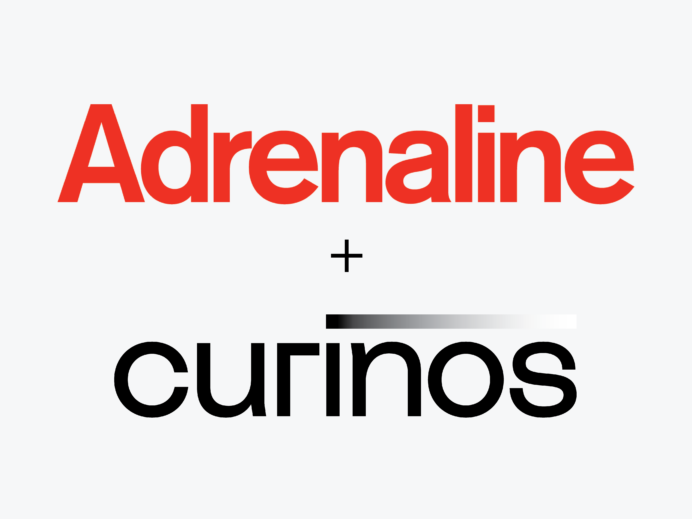Ever ask yourself, what is it that successful brands are doing to “target hearts to turn heads?” Adrenaline’s Gina Bleedorn answers that question and addresses much more on the subject of branding in the June 2016 edition of the Journal of Brand Strategy “Changing conversations: Brand identity as discourse.”
How to Change Brand Conversations
Last year, Adrenaline’s Gina Bleedorn was approached by the Journal of Brand Strategy for an article based on her extensive knowledge on branding and it’s processes. In the flagship article she wrote, “Changing conversations: Brand identity as discourse,” it addresses Adrenaline’s unique approach to understanding audiences and crafting compelling messages that really resonate with audiences in today’s cluttered branding environment. With constant connection, consumers today interact with brands as never before, yet many brand messages fall flat. What is it that successful brands are doing to “target hearts to turn heads?”
To give communicators a quick flyover of the concepts explored in more detail within the article, we’ve developed a primer for branding and marketing messages. This primer includes some thought nuggets and actionable intelligence that can help brands get a jump-start on making their brands more meaningful in the hearts and minds of consumers.
Audience First
In order to really understand audiences, our approach hinges upon the concept that “we must be or become them.” That means that our approach helps us see the world through our audience’s lens. We use a process that merges information, insight and intuition in equal measure to craft a worldview from the audience perspective. Long gone are the days of brands quickly generating messages and throwing them out to see what sticks.
That said, brands today only have one chance to make an impression on the consumer, because the decision to click or scroll past happens in a mere millisecond. Today, brands must generate well thought-out messages that are both authentic to the brand and illuminate something meaningful to the consumer’s life. This is no easy task, but understanding your audience is the first step toward really resonating.
Brand, Know Thyself
It stands to reason that brands would know what they stand for. But do they really know what consumers think of them? An important part of our process is to help “move brands up the food chain.” That means plotting them along a continuum to understand their value in the eyes of the consumer. Is your brand focused on features and services of the product, what the brand will do for the consumer, or does it represent a bigger idea, altogether?
The further a brand can move up the food chain, the better that brand can be at defining and owning that category. To use the age-old analogy, being a big fish in a small pond (or ocean), while good, only allows brands to go so far. Brands at the commodity level are in a red ocean, competing for every dollar, every eyeball with other brands that are fiercely protecting their market share and trying to take a bite out of yours. This is an exhausting, zero-sum game, where there are clear winners and losers, and one day you’re up, then the next day you’re down.
Whereas in the blue ocean, premium brands are at the top of the food chain – the great white shark, so to speak – which have no known competitors. While brands at the premium level won’t dominate through fear like the great white does, claiming your place in the blue ocean allows brands to expand their reach and create something unique and ownable, a concept and approach that the brand becomes known for: think Apple Products or Starbucks Coffee.
While we spend a great deal of time understanding audiences through research – be it interviews, surveys, focus groups and the like – all of that is meaningless if the brand doesn’t know where they currently reside in the consumer’s minds and hearts. Once brands have that understanding, they must also and have the initiative and wherewithal to move up to a higher ground.
Conversation is Key
If you don’t like what’s being said, change the conversation’ ~ Don Draper from Mad Men
At the beginning of the Journal of Brand Strategy article, we used a famous Mad Men quote to show our advocacy for two-way communication and listening. Successful brands today must understand their place within a “challenging landscape of communication saturation” and be committed to developing relationships with consumers by really listening, accepting and acting on feedback, and fostering conversations with consumers.
We end the Journal of Brand Strategy article with “If your brand were a person, what would it say?” as a call-to-arms of sorts. We want people to understand that today’s brands are part of the fabric of our societies and must act and interact as such. Brands are made up of people who want to communicate with other people. Yesterday’s method of creating one-way messages from brands driving purchases and engendering loyalty is no longer relevant. So to brand communicators, now is the time to take the initiative to analyze what you’re saying and really listen to what consumers want.
Let’s keep this conversation going. If your brand were a person, what would it say? Use #jbsbrandconversations and let us know your thoughts about brands that are embracing the new era of conversation-based communication.






